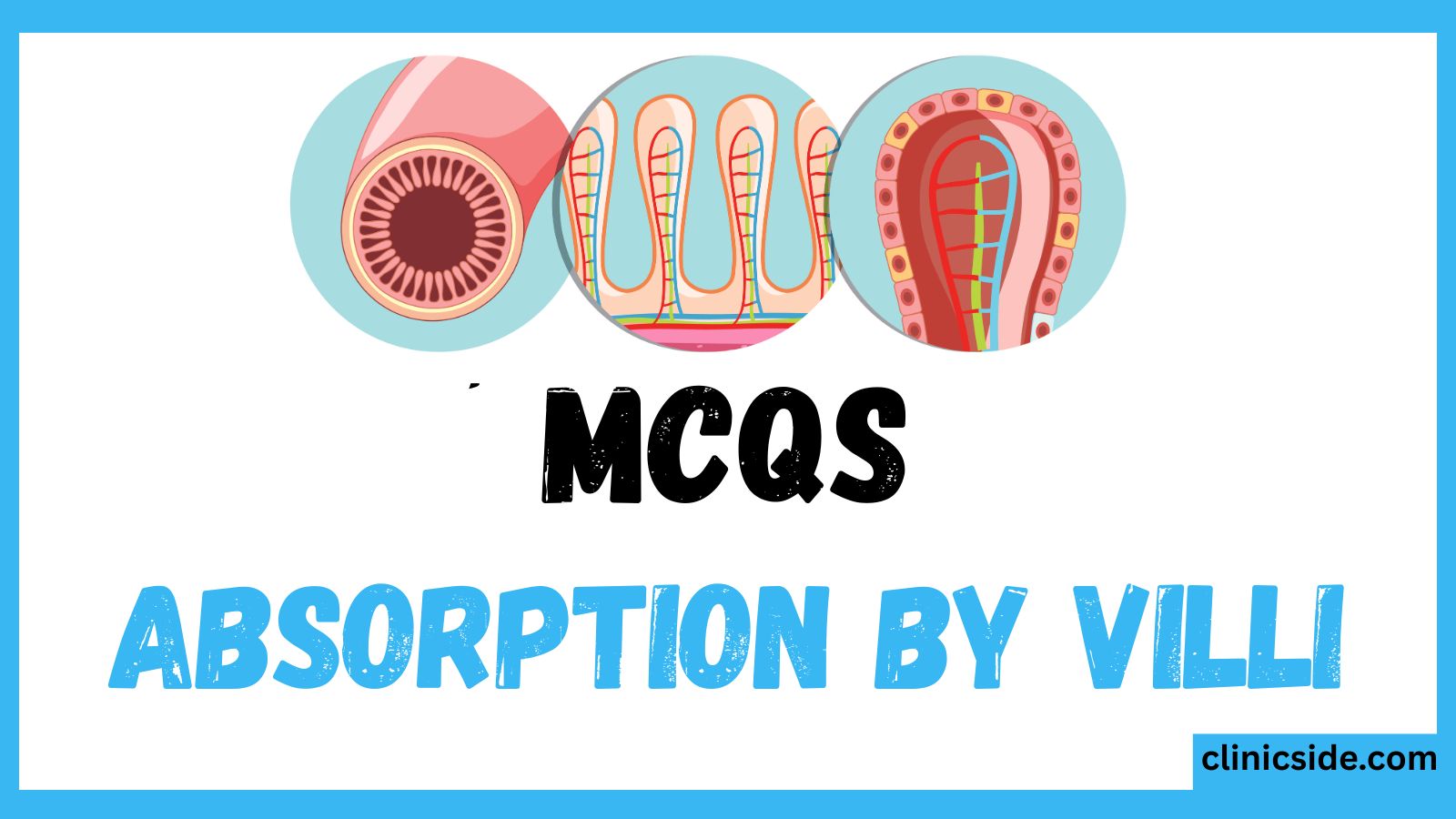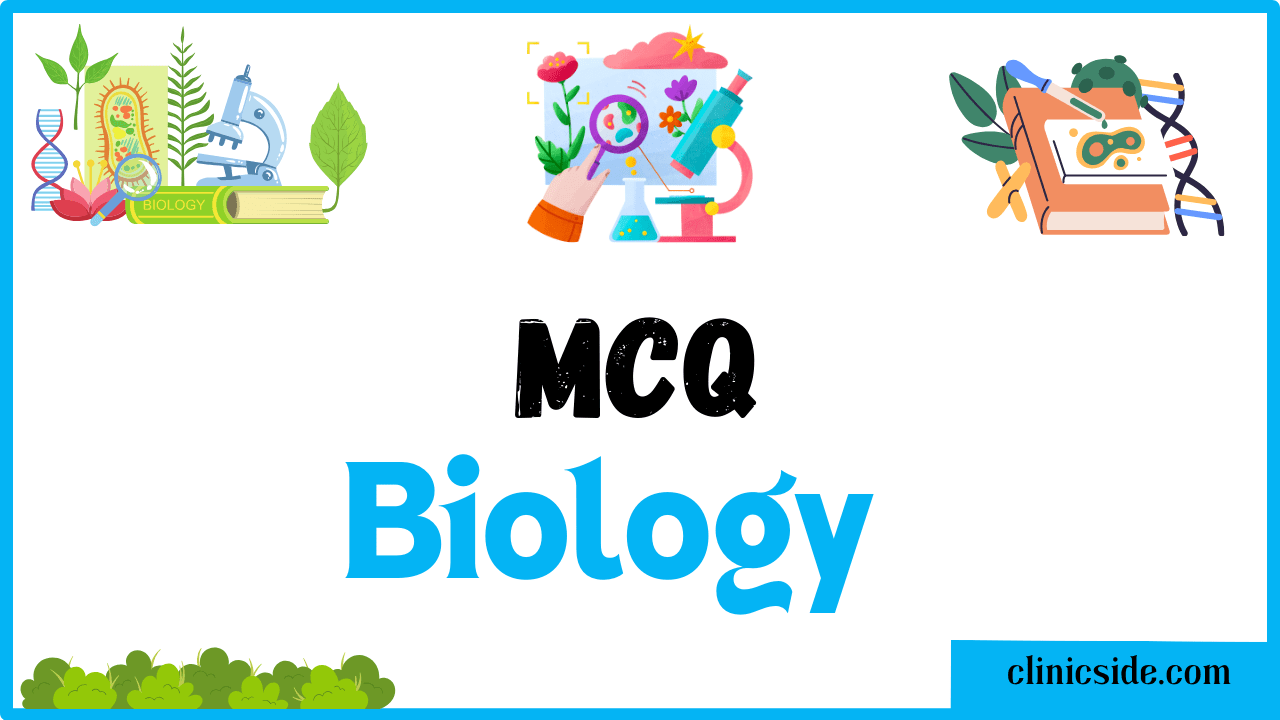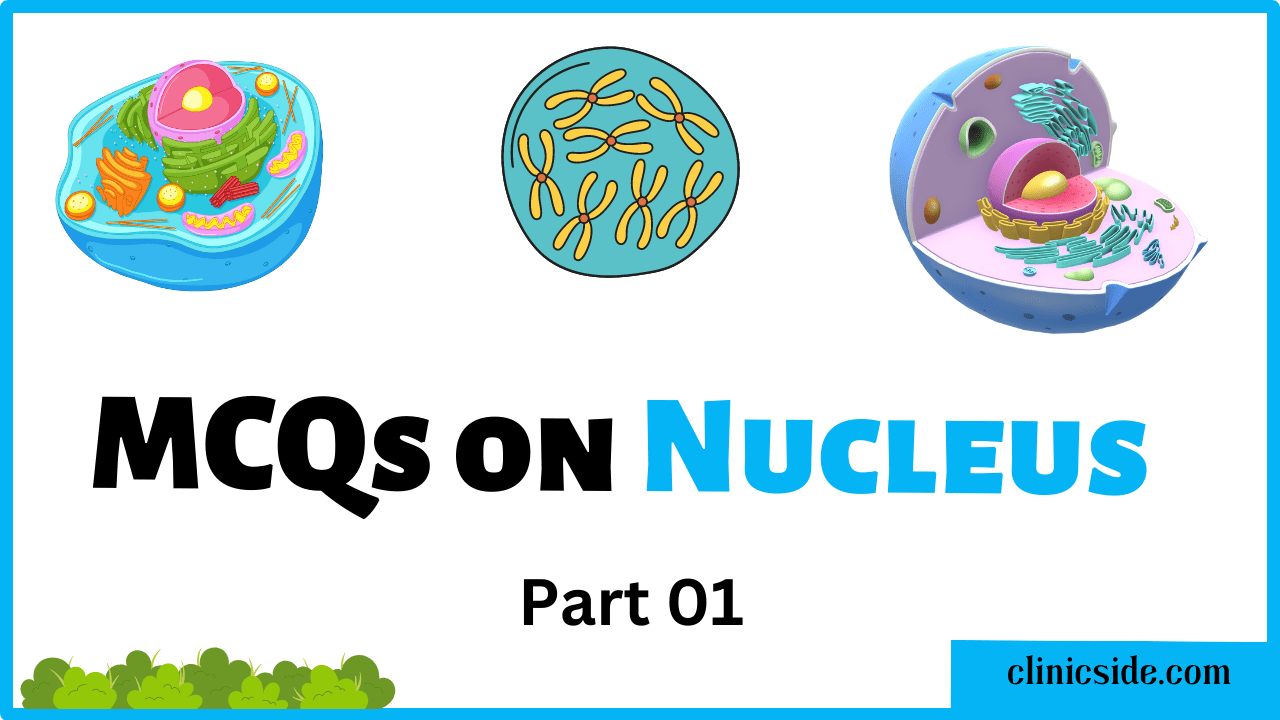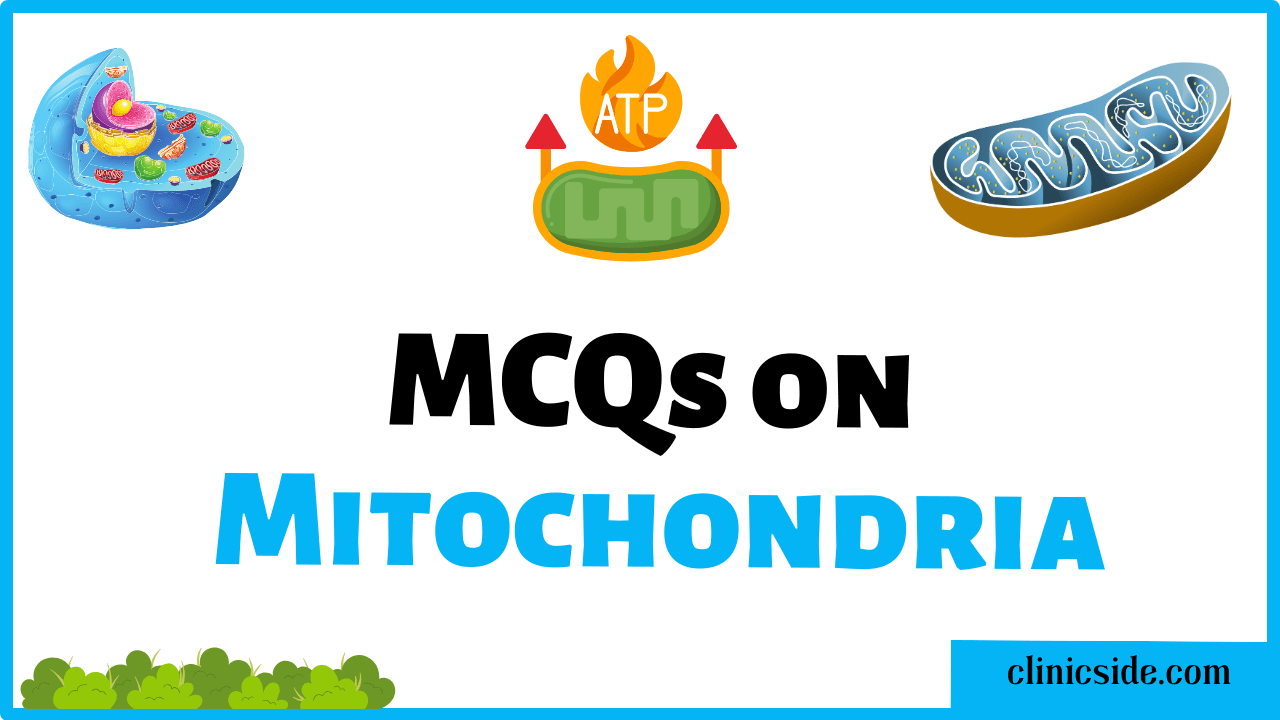When we eat food, our body needs to absorb nutrients from it so we can grow, repair cells, and get energy. But how does this absorption happen in our bodies? The answer lies in tiny structures called villi, found in the small intestine. In this blog, we’ll explore absorption by villi, how it works, why it’s important, and test your knowledge with a quiz at the end!
Quiz
Available options: 1 to 20
What is Absorption?
Absorption is the process by which nutrients from digested food pass into the bloodstream or lymph through the walls of the small intestine. These nutrients include glucose, amino acids, fatty acids, vitamins, and minerals. This process is crucial because without absorption, the nutrients in food would just pass through the digestive system unused.
Where Does Absorption Occur?
Most of the absorption in the human body takes place in the small intestine, specifically in the ileum, the final part of the small intestine. The internal surface of the ileum is highly folded and covered with villi — millions of tiny finger-like projections.
What are Villi?
Villi (singular: villus) are small, finger-shaped structures that increase the surface area of the small intestine, making absorption by villi highly efficient. Each villus is about 0.5–1.5 mm long and contains:
- Capillaries – to absorb amino acids and glucose directly into the blood
- Lacteals – tiny lymphatic vessels that absorb fatty acids and glycerol
- Thin epithelial cells – for quicker and easier diffusion of nutrients
- Microvilli – even smaller projections on villi that increase surface area further

How Does Absorption by Villi Work?
Here’s how absorption by villi happens step-by-step:
- Digested food enters the ileum after leaving the stomach and small intestine.
- Nutrients come in contact with the villi.
- Glucose and amino acids pass into the blood capillaries by diffusion and active transport.
- Fatty acids and glycerol pass into lacteals, which carry them through the lymphatic system.
- Absorbed nutrients are transported to cells where they are used for energy, growth, and repair.

Why is Absorption by Villi Important?
Without villi, the small intestine would not have enough surface area to absorb all the nutrients from food. The unique design of villi:
- Maximizes surface area
- Speeds up absorption
- Makes nutrient intake more efficient
This is why diseases that damage villi, such as celiac disease, can lead to malnutrition.
Quick Recap
| Feature | Description |
|---|---|
| Villi | Finger-like projections in the small intestine |
| Function | Absorb nutrients from digested food |
| Main Nutrients Absorbed | Glucose, amino acids, fatty acids, vitamins, minerals |
| Capillaries | Absorb glucose and amino acids |
| Lacteals | Absorb fats |
| Surface Area | Increased by villi and microvilli |
Final Thoughts
Absorption by villi is one of the most important processes in human digestion. Villi, with their huge surface area and thin walls, make nutrient absorption fast and efficient. This allows your body to get all the energy, proteins, and vitamins it needs from food.
Next time you eat a healthy meal, thank your villi for doing all the hard work of absorbing nutrients.





